
School choices for students K-12 may seem dismal when you consider online zoom classes vs on-campus classes. Staring at a computer for 6 hours with 30 students and asynchronous sessions produced a decline in academic performance. But sitting in classes with some unvaccinated teachers and students sounds dangerous.
Back in March 2020 when COVID first surfaced, we thought our kids were going to have 2 weeks of online classes and stay-at-home orders for parents, and then we’d all be back in classes and back to our offices. Nope. Two weeks turned into 4 weeks, which turned into 6 months, which turned into a year, and now we’re coming up on the 2-year anniversary in March 2022.
Meanwhile, by all counts, student scores have rescinded since 2019. Thirty students simply don’t engage with the teacher and one another in a virtual class. Student absences in on-campus classes is 30% lower than 2019. So kids aren’t engaged in online classes and many students don’t go to school because they’re sick or they’re worried that they may become sick.
Some Bay Area families are opting for independent study programs as an alternative to on-campus instruction. In California, students must be enrolled in a public or private school where they can be monitored by the state. So homeschoolers work with public or private schools by enrolling in independent study programs – making it a win-win situation for students and schools. Students get to stay home and schools continue to get their ADA (average daily attendance) moneys.
At Merit Academy, for instance, we provide the teacher and the curriculum so the student can stay at home and learn from a real teacher. With just one student in the class, we tailor the instruction to ensure that every student is engaged and challenged.
Just like COVID broke the notion that everyone needs to work in the office, we now know that students can learn in many different structures. The concept of school classrooms is changing.

School choices for students K-12 may seem dismal when you consider online zoom classes vs on-campus classes. Staring at a computer for 6 hours with 30 students and asynchronous sessions produced a decline in academic performance. But sitting in classes with some unvaccinated teachers and students sounds dangerous.
Back in March 2020 when COVID first surfaced, we thought our kids were going to have 2 weeks of online classes and stay-at-home orders for parents, and then we’d all be back in classes and back to our offices. Nope. Two weeks turned into 4 weeks, which turned into 6 months, which turned into a year, and now we’re coming up on the 2-year anniversary in March 2022.
Meanwhile, by all counts, student scores have rescinded since 2019. Thirty students simply don’t engage with the teacher and one another in a virtual class. Student absences in on-campus classes is 30% lower than 2019. So kids aren’t engaged in online classes and many students don’t go to school because they’re sick or they’re worried that they may become sick.
Some Bay Area families are opting for independent study programs as an alternative to on-campus instruction. In California, students must be enrolled in a public or private school where they can be monitored by the state. So homeschoolers work with public or private schools by enrolling in independent study programs – making it a win-win situation for students and schools. Students get to stay home and schools continue to get their ADA (average daily attendance) moneys.
At Merit Academy, for instance, we provide the teacher and the curriculum so the student can stay at home and learn from a real teacher. With just one student in the class, we tailor the instruction to ensure that every student is engaged and challenged.
Just like COVID broke the notion that everyone needs to work in the office, we now know that students can learn in many different structures. The concept of school classrooms is changing.
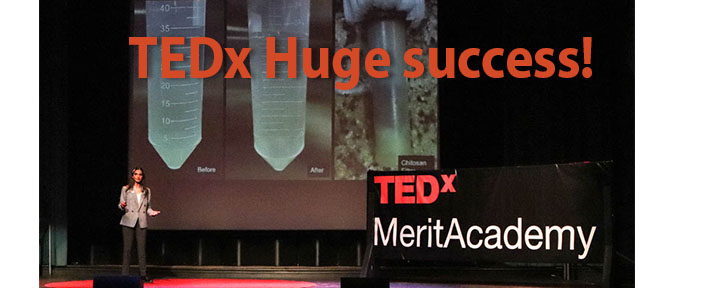
Proud of these speakers for sharing their ideas about solving our climate crisis and improving healthcare here in the US and around the world. We’ll post their TEDx videos as soon as they’re approved by TED.

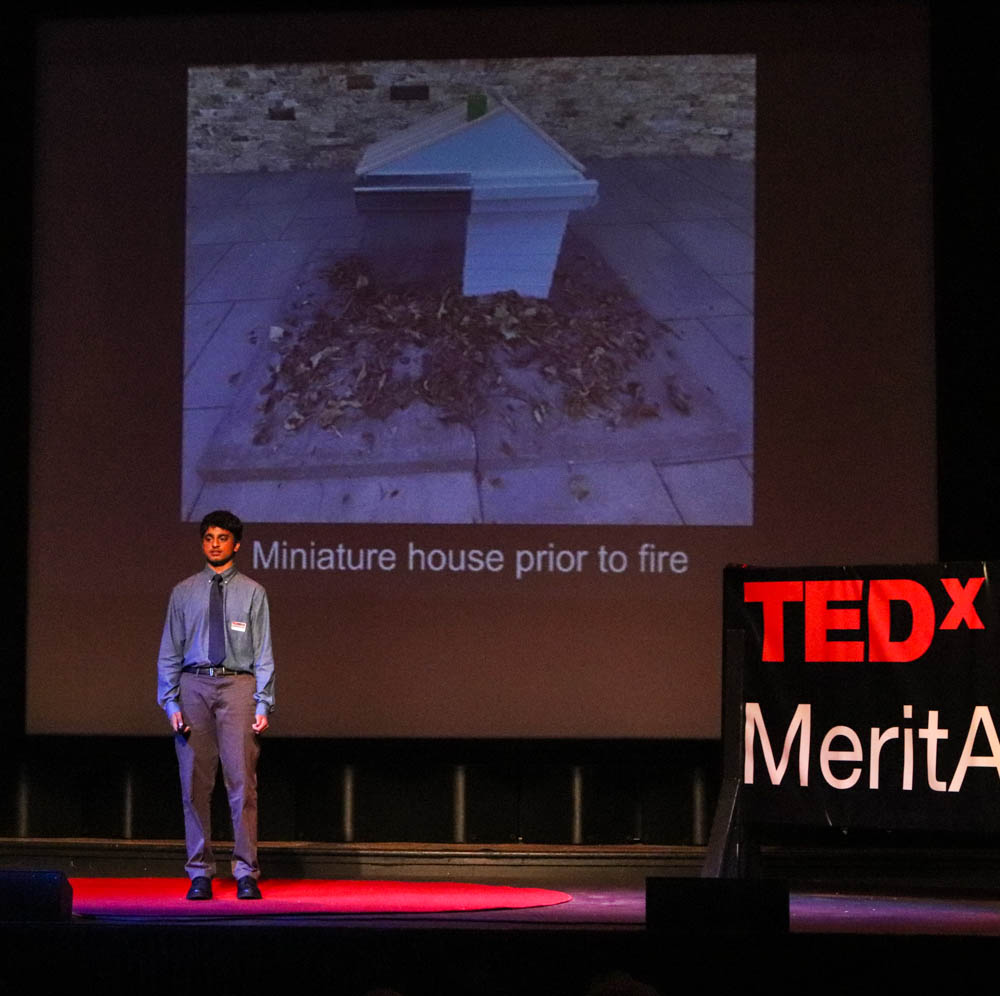
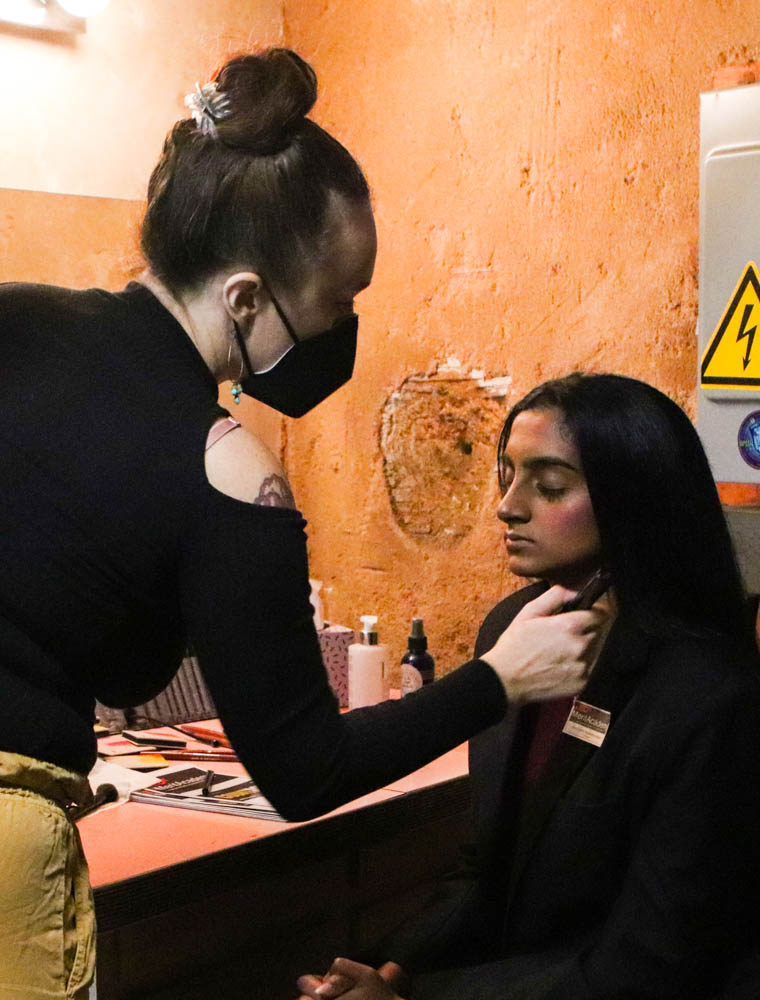
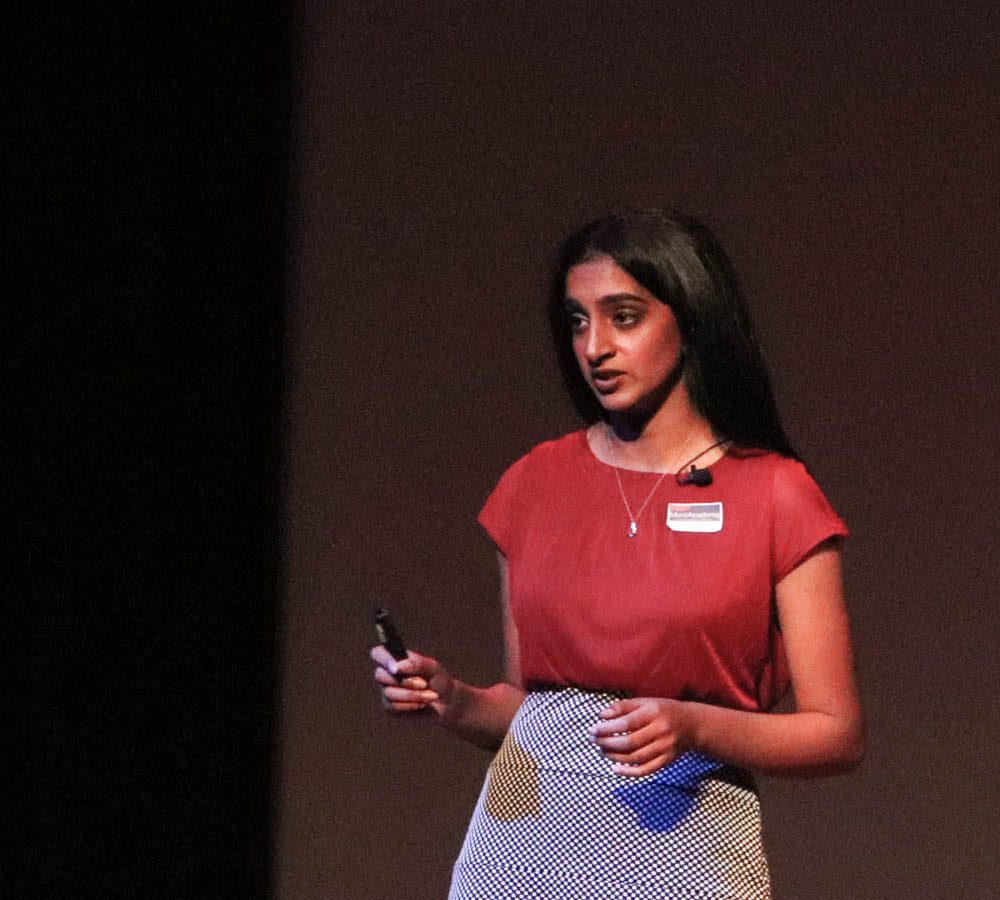
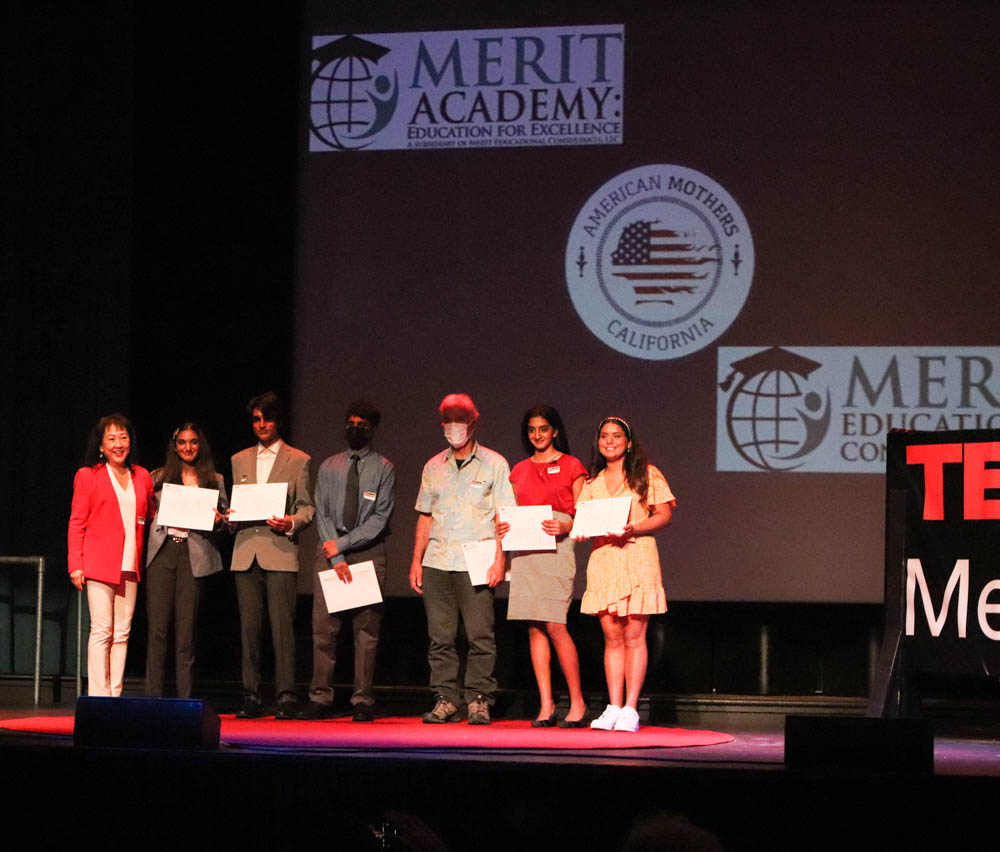

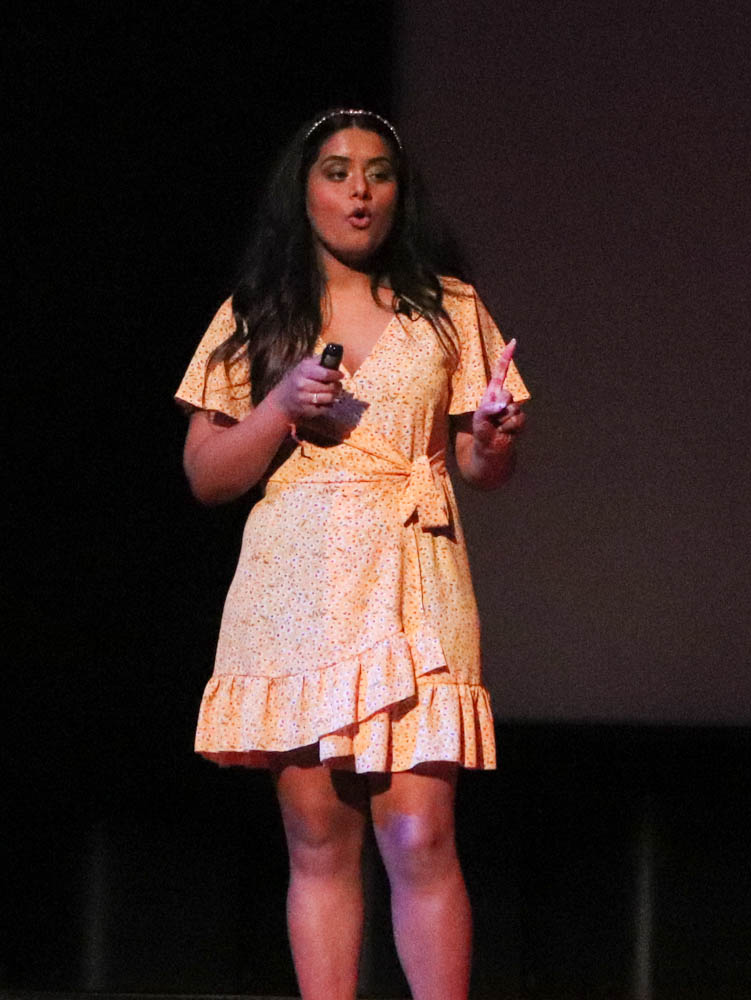
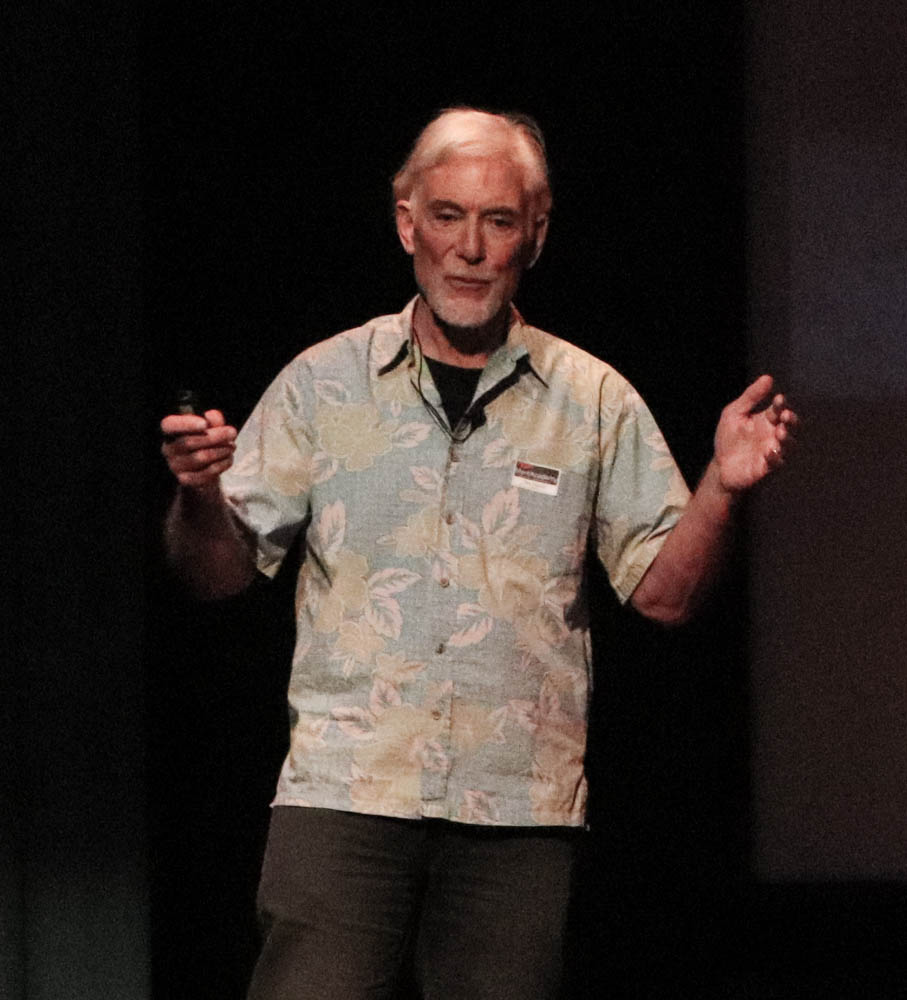

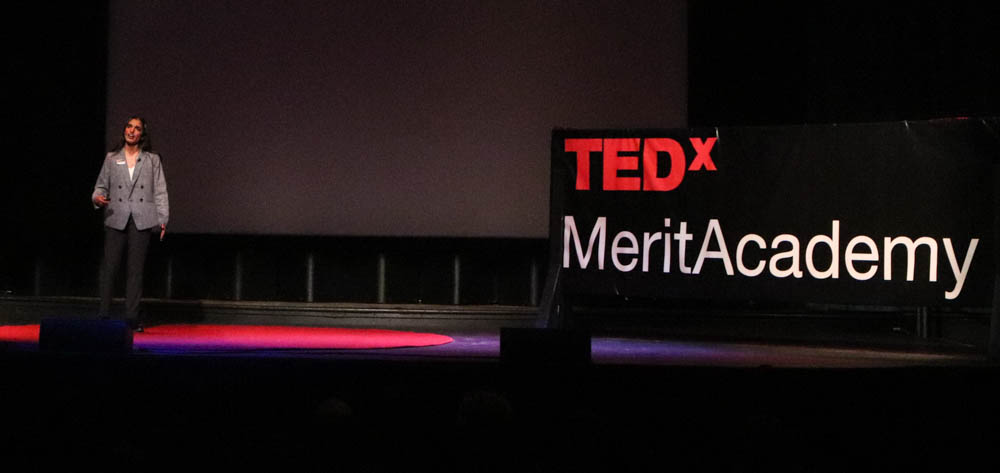

Tim Niemier asks if we can come up with a universal way of measuring what we do as individuals, what our governments do, and what our corporations do or don’t do. Do we want to depend on our government or corporations to act and regulate or can we do it ourselves?
About Tim Niemier:
Tim Niemier grew up in Malibu and designed the first sit-on-top kayak, which became a multi-million dollar business, Ocean Kayaks. Tim lives in Bellingham, WA, where he is launching his most recent creation: the Origami Paddler — a paddleboard that folds into thirds for easy transportation. A true environmentalist, Tim has ideas worth spreading.
Come see Tim Niemier at TEDxMeritAcademy’s COUNTDOWN at the Rio Theatre on Nov 7th at 1:00-3:00 pm in Santa Cruz, CA.

Many premature babies die each year because they do not have access to basic care and technology. Nishi created a low-cost neonatal incubator that can maintain a temperature of 34-35 degrees Celsius for up to four hours without the use of technology. So far, her Impact Incubators has distributed 100 incubators in rural areas of India.
About Nishi Dharia:
Nishi Dharia is a senior in high school from Milpitas, CA. Next year in college, she plans to major in Biochemistry and hopes to become a gynecologist after medical school. She also loves fashion designing and plans to explore this industry in her spare time.
Come see Nishi Dharia at TEDxMeritAcademy at the Rio Theatre on Nov 7th at 1:00-3:00 pm in Santa Cruz, CA.

Come hear Alisha’s talk on Sunday, November 7th, 2019 at the Rio Theatre in Santa Cruz.
Our world is transforming into a dangerous place full of people dying from carcinogens in our drinking water. This water contamination occurs as a result of hydraulic fracturing, or fracking, which is a process where high pressure fracking fluid is injected underground to extract fuel and natural gas. The fracking fluid contains over 1100 chemicals, and these chemicals seep into our drinking water. Alisha discusses the adverse health implications of these contaminants as well as her progress in finding a water filtration solution.
About Alisha Bhatia:
Alisha Bhatia is a junior in high school who is interested in biochemistry, neuroscience, and psychology. She also enjoys spending time with friends and family, watching movies, and taking personality tests. Her goal is to spread awareness about the urgency of the clean water crisis yet provide hope in the midst of these challenging times.

Ever since my girls were toddlers, they loved to dance. They took dance lessons, competed in regional and national competitions with No Limits, and performed in Merit Academy’s summer musical productions. When they went to college, Nicole danced with the Stanford Dollies, Urban Styles, and Jam Pac’d; and Jaclyn danced with the 5C Dance Company, Monarch Dance Company, and Dance Design. They loved to dance and it helped shape who they are today. Here are some of my favorite memories.












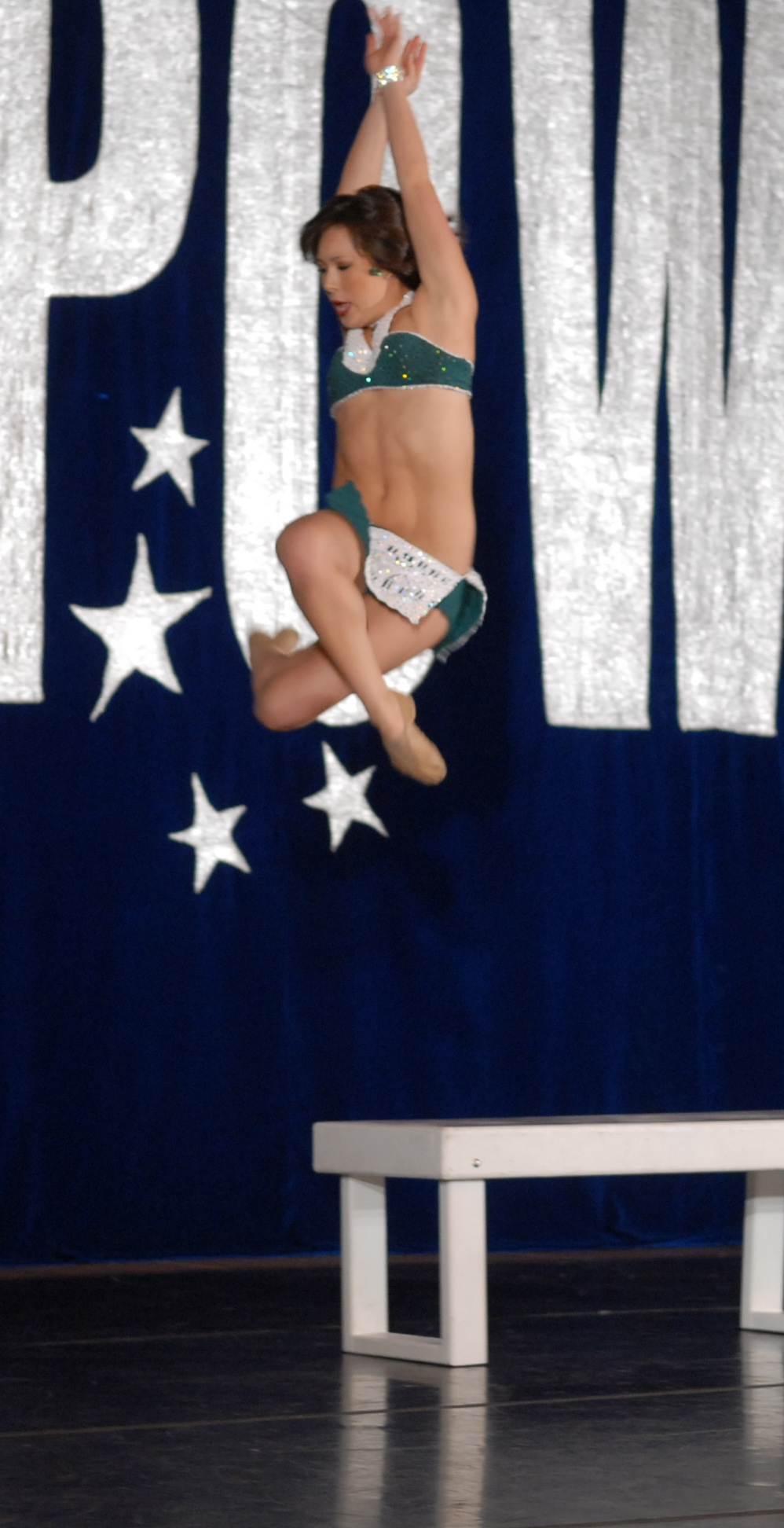








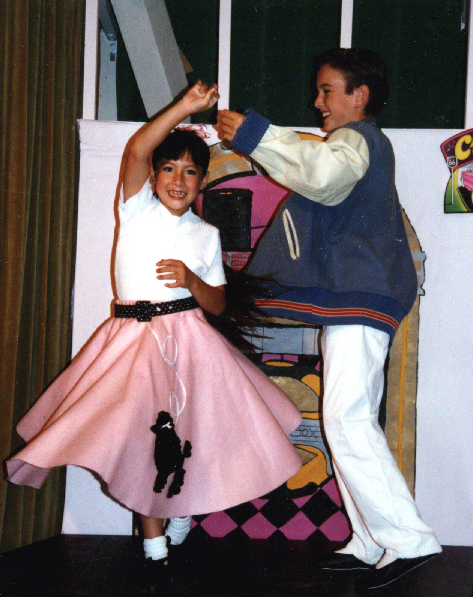

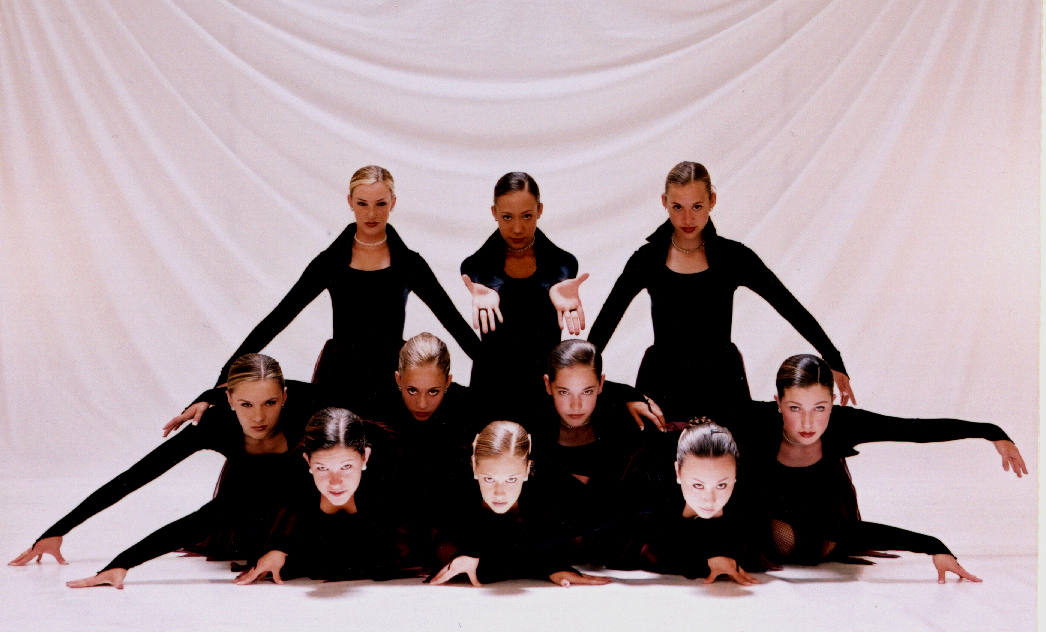





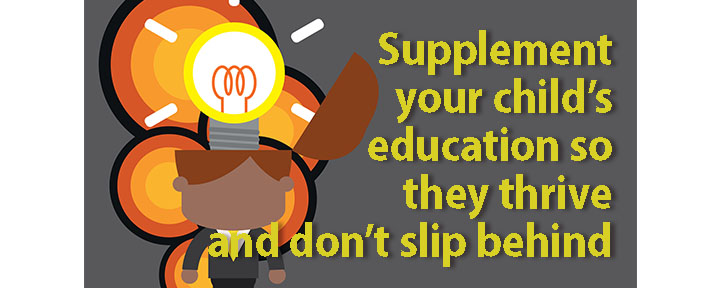 I remember worrying about the public and private schools in my neighborhood when I was pregnant with Nicole, my first child. I visited many classes to find the “perfect” school for her – and didn’t find one school that provided the academic rigor, depth in critical thinking and problem solving, the arts and theater, and the physical activities (dance, sports) that I was looking for. I didn’t bash schools for not offering what I wanted for my daughter; instead, I supplemented both of my daughters’ education so they would love to learn and get all of the important experiences to keep them engaged.
I remember worrying about the public and private schools in my neighborhood when I was pregnant with Nicole, my first child. I visited many classes to find the “perfect” school for her – and didn’t find one school that provided the academic rigor, depth in critical thinking and problem solving, the arts and theater, and the physical activities (dance, sports) that I was looking for. I didn’t bash schools for not offering what I wanted for my daughter; instead, I supplemented both of my daughters’ education so they would love to learn and get all of the important experiences to keep them engaged.
That’s exactly what parents will need to do during this pandemic, and most likely after this pandemic has passed. Yes, things are different now. Whether your school is 100% online, hybrid, or on campus, you can supplement your child’s education so they thrive. Use this time to experiment and try new approaches.
You can tell if your child is engaged in classes and work (asynchronous or synchronous). This is where you can fill the void by giving them interesting assignments or even inviting a mentor or teacher to work with them in virtual sessions. Here are some activities that I’ve set up for families during this pandemic:
1. Bamboo vs Oak Tree Experiment (to find faster, efficient ways to produce oxygen in the atmosphere)
2. Reading Challenge (to increase their reading fluency and comprehension)
3. Math Challenge (to build a solid math foundation so they’re prepared to move on to the next level)
4. Gardening Experiment (to determine which organic pesticides work best)
5. Research Writing (to teach them how to write a comprehensive research paper – something they probably will never learn in school)
6. Create a Podcast (to find their voices – and do research – and share their opinions)
7. Start a business (to learn about marketing, accounting, ecommerce)
If you find that your child is not thriving in whatever mode of learning they are engaged in, you can hire teachers to teach their classes one-on-one. Some states require that students be enrolled in a public or private school, so check with your state. It’s actually easier to open a private school for just your children (in most states) than to jump through hoops with homeschooling or independent studies programs.
You can also start a pandemic pod, see my blog: How to Form a Pandemic Pod for Free that can be free to the hosting family. In this setup, the hosting family hires the teacher, sets the curriculum and invites 2-3 other families to join. The other families’ tuition covers all costs so the pandemic pod is free to the hosting family. I’ve even written curriculum for preschool through high school.
While this is a stressful time as you make difficult decisions about whether to send your child back to school (if they’re opening) or worry that your child is slipping behind academically (for online classes), know that you have many options. Sometimes chaos gives us the unique opportunity to reinvent ourselves, and in the case of our children’s education, we can create something really stimulating and challenging for them. For me, I started Merit Academy with the projectMERIT theme. And yes, it was created when I realized that the existing academic options just weren’t good enough.
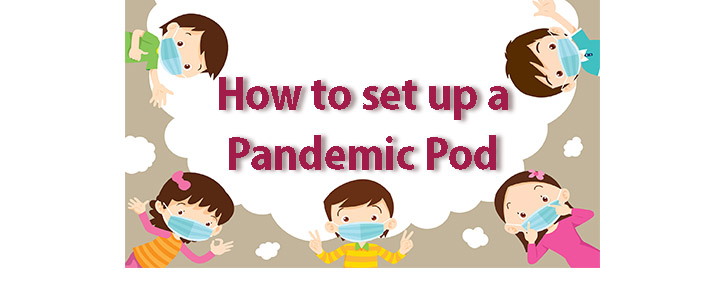
Back when my daughters were young, I created a preschool and enrichment program to give them stimulating activities with a few other children. I developed the curriculum, trained the teacher, and hosted the program in my rec room. My girls LOVED the program and their academic skills were off the charts. I loved being able to set up the lesson plans to ensure that they were challenged and intrigued by their classes. By charging tuition to the 2-3 other families that joined the program, their contributions paid for the teacher and material expenses. It was a win-win situation for all of us.
Today, Bay Area families are scrambling to set up pandemic pods for their children to either enhance their school curriculum or to replace it. My consulting firm, Merit Educational Consultants, is helping parents set up their pandemic pods as coops (all parents contribute funds to pay for expenses), as independent programs (parents pay the hosting family to cover expenses), or as private schools (parents pay hosting family for program and/or work with Independent Studies programs for school credits.)
I’ve written a book that lays out exactly how to set up these programs and it comes complete with forms, policies, and tips. Check it out: The Millennial’s Guide to Free Child Care in Your Home. I have also written curriculum framework for all subjects starting at 18 months old to 12th grade; the high school courses are all UC A-G approved. DIY parents love customizing their family programs by utilizing the book and curriculum.
Creating a pandemic pod is similar to setting up in-home child care or starting a small homeschool. The only real difference is selecting families who share similar coronavirus safety protocols. You could imagine how this adds a new layer of complexity because there are still many unknowns about how this virus spreads and how to protect everyone.
Choosing students for your pandemic pod requires looking beyond the students themselves. You’ll need to evaluate how the family lives, who they socialize with, how they protect themselves, and most importantly, how honest they’ll be about their social interactions when not in the pod. In other words, you are interacting with everybody THEY interact with.
So if they don’t wear masks when stopping at the grocery store, it’s like you went with them to the store and didn’t wear your mask – and you may be exposing your family and the entire pod to the coronavirus. If one of the parents is having a sexual affair with someone out of the pod family group, you’re essentially in bed with their lover too. Get my drift? Now the big questions are can you trust them to tell you these private details about who they’re socializing with and can you operate your pandemic pod safely for your teacher and the students?
I’m helping families design their pandemic pods and vet students/families to find good matches. It’s best to keep pods to just 2-4 families. By doing the interviews and setting up policies as their consultant, it makes it easier for the families to discuss concerns about other family member’s activities and the overall safety of all parties. Is it worth it? We’ll see… For me back in the 90s (pre-pandemic,) it was the best decision I made for my girls, their education and their social lives.

As we approach the start of the 2020-2021 school year, parents and students are worried and frustrated by the decisions their schools are making due to the coronavirus pandemic. Teachers and administrators are concerned about spreading the virus and how they can conduct classes keeping students 6 feet apart. Parents and students realize that their spring 2020 online classes did not offer the quality instruction and overall learning that they had hoped for. Another year of distance learning or hybrid programs will undeniably disrupt both the quality and depth of instruction and learning. So what are your alternative choices?
1. Individual Tutoring (Virtual)
While online or hybrid instruction offers safe learning environments, actual instruction time with real teachers and the depth of material covered during the semester is often truncated. Teachers may not cover all chapters in their textbooks and may require less assignments and exams. While this may seem trivial, students need to receive instruction for all concepts listed in the class curriculum in order for them to be successful in the following year’s courses. So even if the student gets an “A” in the class, they may not be prepared for the next class in the sequence.
Many students are working with tutors to take instruction to a deeper level. By having a tutor review and discuss concepts in depth, students can complete the course being better prepared and more confident. Tutors can fill the gaps when teachers simply don’t have the time or resources to support individual students online.
2. Small Homeschool with Real Teacher (Face-to-face)
Young students and students with learning differences can benefit from having classes at home with just a few students (2 or 3). Parents can select a teacher to teach these classes using curriculum and materials. All parties would be tested for the coronavirus and they would wear masks and maintain 6 feet distance. These classes offer more individualized instruction than online classes. Classes can take place in the home or outdoors. The hosting family can charge tuition for the classes to cover the cost of the teacher wages. I wrote this book to help set up these small homeschools.
3. One-on-One Classes with a Real Teacher (Virtual)
For high school students who want high-caliber individual instruction and grades to separate themselves from their peers (and competition for selective colleges), they can take accredited classes taught one-on-one with a real teacher. This ensures that the student develops skills and learns concepts at a deeper level. Classes are taught using Google Meet in a virtual setting. The teacher individualizes the instruction to best fit the student’s learning modes. Colleges accept these courses and appreciate that the student has taken extra measures to build their academic foundation so they can be successful when attending college. Check out Merit Academy’s one-on-one classes.
4. Do a project (Virtual)
While students are not taking classes on campus and participating in afterschool activities or extracurriculars, they may have more free time. Rather than playing videogames or binge-watching TV shows, students can do a project. Projects can range from writing a book, to developing an app, to creating a non-profit organization, to engineering a device. Some of my students are creating solutions to supply chain problems, while others are engineering fire prevention devices. One student is writing a book on teen angst with tips on how to avoid problems. These projects give students the opportunity to explore possible careers, and they all become more confident and interesting people when they complete these projects. Check out Beat the College Admissions Game with ProjectMerit.
If you don’t like your school options for 2020-2021, consider alternatives. You can make this unprecedented school dilemma a positive opportunity for your child to develop academic and professional skills so they can be more prepared to return to the classroom and position themselves to get into top colleges.

